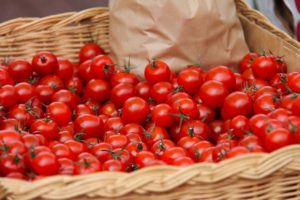
sharonang / Pixabay
It is every gardener’s memorable experience to be able to plant a seed and grow it into a healthy plant capable of producing delicious fruits or vegetables. The journey from seed to plant is not an easy one, however. It is certainly a trial-and-error experience. Yet all of the hard work that is put into working the land is rewarded with a harvest; however, what happens after the harvest? Do gardeners just leave nature with the rest of the garden? Certainly not. Gardeners have to constantly maintain their gardens to continue reaping its rewards. In order to maintain your do it yourself garden, there are a variety of practices that you can adopt. These practices have been tried and tested by many gardeners, and are considered to be among the most effective.
Let’s start with the most affordable yet effective practices. These are: mulching, composting, and pruning. Mulching is a practice wherein the soil is covered with material to protect it from erosion. Mulching is especially important when planting seeds since it helps protect seeds from being washed away by rain or being carried off by the wind. Any material can be used in mulching. Most people would use plastic sheets when mulching; however, plastic sheets are expensive and not environmentally friendly. It is best to use organic materials like leaves when mulching since leaves are free and safe for the environment.
Composting is the process of decomposing organic materials for plant food. It is done by mixing organic materials such as leaves or paper with soil. Then, the compost is left to decompose in a compost pit. This pit, typically, is the hole created after gathering soil. When it is fully decomposed, the compost can be used to fertilize the plants. Compost is a good alternative to inorganic fertilizers since it is inexpensive. It also improves the soil condition since compost can serve as food for soil organisms like earthworms. Lastly, pruning is the practice of partially removing or cutting the leaves and branches of plants, especially the dead parts. Aside from making the plant appear more clean and uniform, it can also improve the harvest obtained from them. This is because more sunlight will be available for the plants, especially when overcrowding is evident in the garden. It can also make the garden look more spacious. Take note, pruning may be good but too much of it can be bad. Too much pruning may result in decreased yields and death of plants. Only cut down the stems and branches when the garden is becoming overcrowded. A do it yourself garden needs as much attention as bigger, more sprawling ones. If you plan on harvesting continuously from it, then proper maintenance is key. Even the smallest things you do can contribute to how well the garden thrives in the long run.